Advice often given to writers when they’re starting out is to write what you know. As artists, many writers are familiar with other works either by blind consumption, nostalgic inspiration, or divine appreciation. The great authors of the past provide ground of aspiration for many writers and have touched numerous generations, so it only makes sense that we’d feel compelled to bring them to life on screen.
VM Productions brings the work of classical authors to life, with films like Shades of Day and Notes From A New World, alongside compelling original work. This is made possible working alongside From the Heart Productions with your (potential) tax-deductible donation!
I previously wrote about Hurley’s strange adaptation, but in exploring his love of classical literature, I found a diverse selection of adaptations, both old and new.
There is no subject so old, that something new cannot be said about it.
Fyodor Dostoyevsky
We add our own voice to old work, and through that make new discoveries. Except in today’s landscape of remakes and adaptation, how can we pick out the good from the bad and the bad from the ugly? Our culture eats itself, overindulging on adaptations and remakes, however in the over-saturated market, it becomes difficult to pinpoint the inherent quality provided by adaptations and remakes.
In my exploration, I found three pillars of a good adaptation, displayed in movies like A Clockwork Orange, Pride and Prejudice, and Easy A, to name a few.
Mise En Scene
Firstly, the aspect of color and mise en scene (staging) must accurately depict the emotion and themes of the original work. If the filmmakers understand what the original work conveys, then through the power of color theory and shot composition these ideas can be conveyed visually instead of verbally.
Mise en scene is the art within a scene; the props and set the actor interacts with. By deploying these through calculated means, the adaptive filmmaker can truly make a picture say 1000 words. Each frame tells the story found in the pages of its literary reference.
This deeper understanding gives a more solid stomping ground for creative liberties to take root. Nathaniel Hawthorne writes of the isolation of religious impropriety and Will Gluck showcases this same feeling via the ostracization of a high-schooler condemned to a similar fate.
It conveys the same ideas through a modern lens. The Scarlet Letter now lives on in that work.
Mise en Sonore
In Burgess’ A Clockwork Orange, Alex goes into extensive detail about his obsession with Beethoven. In Kubrick’s version, we get to hear it. The audio aspect of this film creates an immersive soundtrack to the ultra-violence within the story and further emphasizes the themes surrounding the influence of media.
Alex undergoes the Ludovico Technique and through our own senses, so do we, as the audience.
Audio also tells us, the audience, how we should feel and further immerses us into the world of the character. A high quality soundtrack traces us back to the time the book was created and furthers the relationship we can have with historical figures and grounds us in similar woes. Some feelings are universal, regardless of time or background.
Furthermore, the language and diction of the dialogue plays into the works well. Reading leaves room for tonal interpretation, whereas with a film we get the unique experience brought to life in an actor, similar to stage plays, but still more immersive.
Music and communicaion unite us and while these are explored in books, an adaptive filmmaker can take their work a step further. Neither is better, in fact, they build off of one another. Books enriching the mind and movies enriching the heart.
Passion
The final puzzle piece is passion. A good adaptation cares about honoring the work its adapting. For example, Dostoyevsky was not only a talented writer, but was also an intelligent philosopher. You can’t adapt his work with integrity without recognizing the philosophy behind it. At VM Productions, our adaptations strive to do just that.
Robert Hurley saw the value of translating Dostoyevsky’s works into cinema, and after this examination, I can see where he was coming from.
Fyodor Dostoyevsky, Notes From UndergroundIn every man’s memories there are such things as he will reveal not to everyone, but perhaps only to friends. There are also such as he will reveal not even to friends, but only to himself, and that in secret. Then, finally, there are such as a man is afraid to reveal even to himself, and every decent man will have accumulated quite a few things of this sort.
He took on adapting Notes From Underground with us at VM Productions, but he allegedly wrote what he knew, which includes: the Russian mob, Satanic cults, and mysterious prostitutes. He introduced a deeper world of intrigue to Dostoyevsky’s classic masterpiece, and now VM Productions is hard at work to find him after he tragically vanished.
VM Productions is passionate about honoring classic literature with their films. The next installment of their Dostoyevsky Project is Crime and Punishment, LA and following this: The Idiot, the former of which is in active development. If you’d like to be a part of these high-quality adaptations, join our newsletter and donate today!

Follow us through our social media on Twitter, Facebook, Pinterest, Tumblr, Instagram, and Goodreads.
Featured image: Sonia (Natasha Blasick) by the window of the Underground Man (Steven) – Notes From the New World

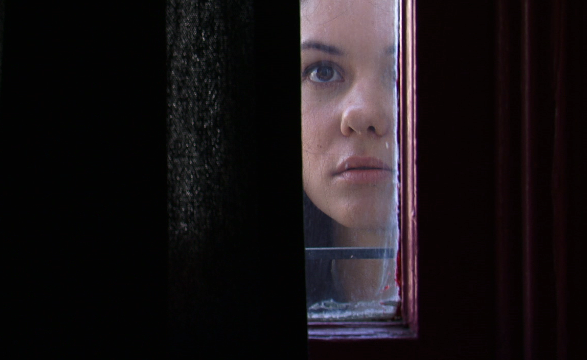

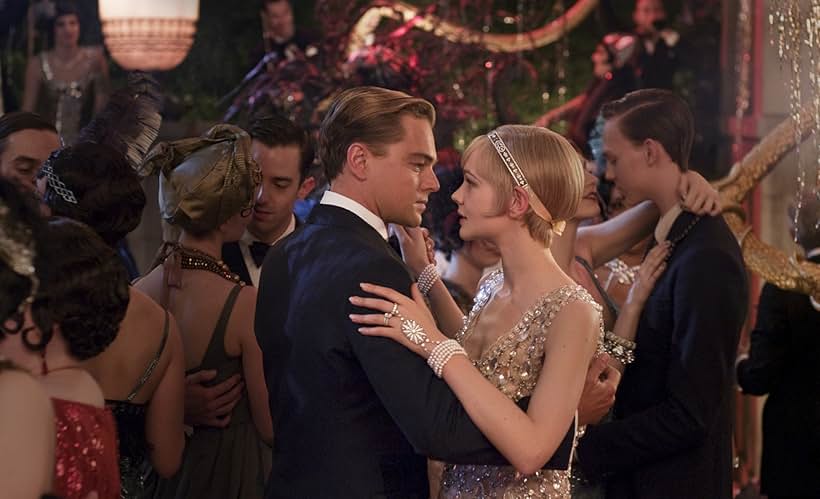
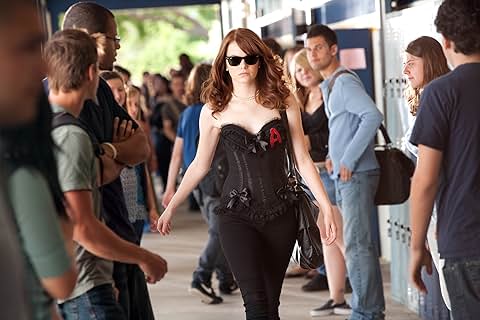
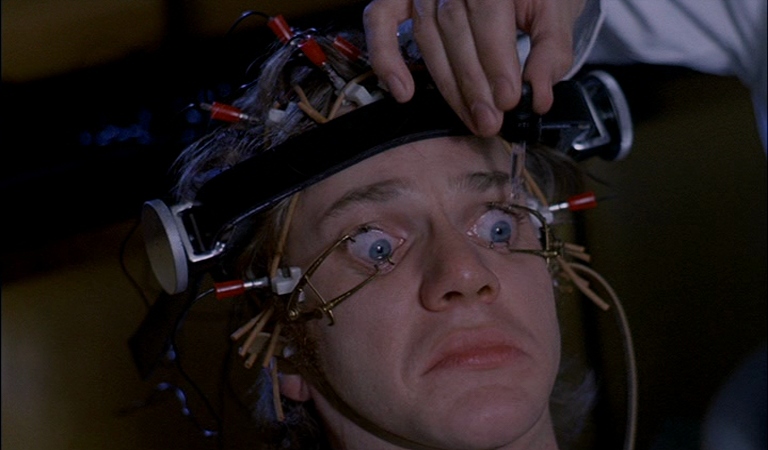
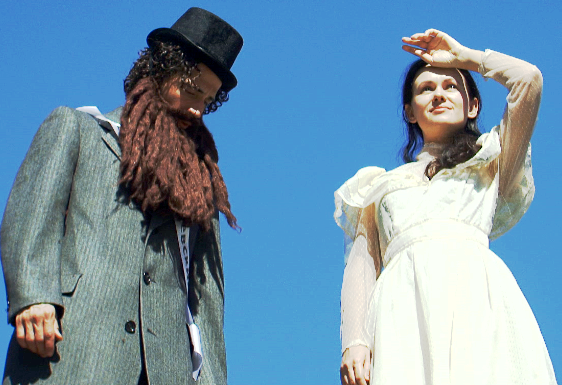


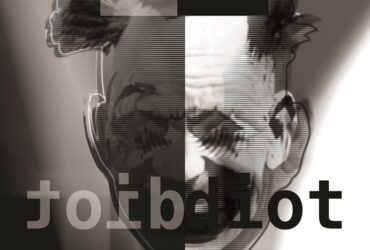
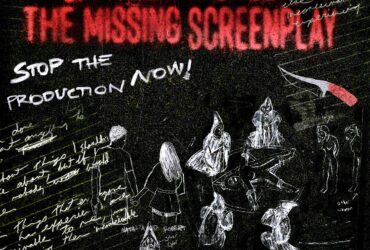
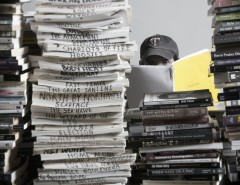
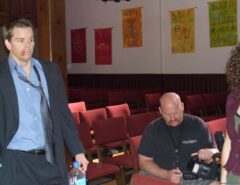
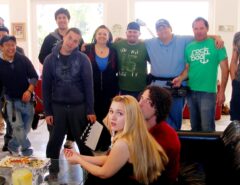
Leave a Reply